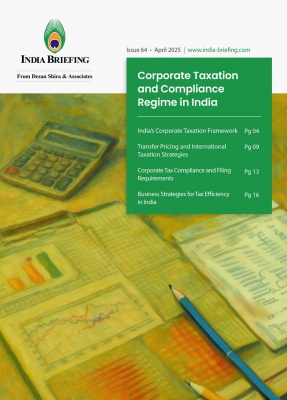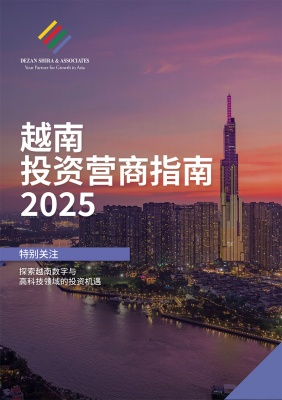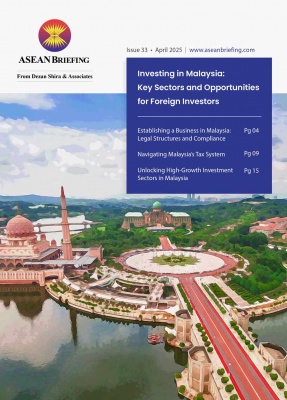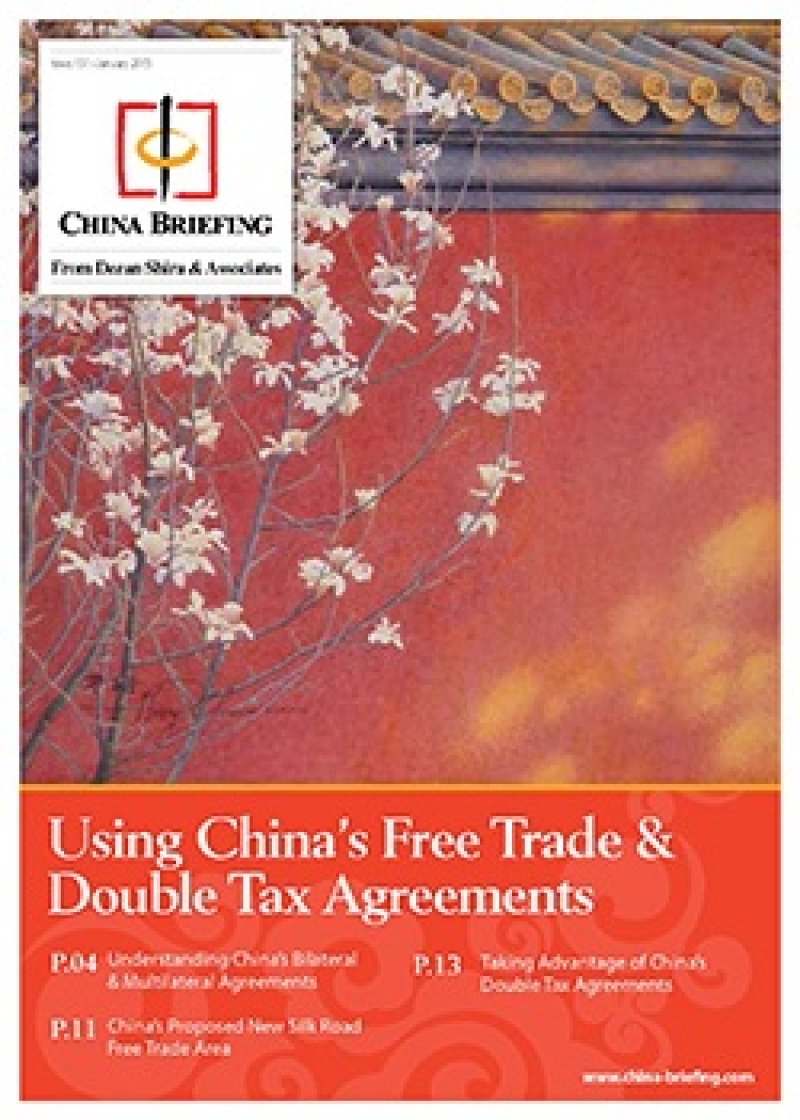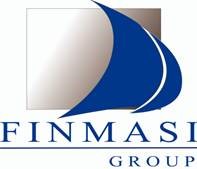
Our collection of resources based on what we have learned on the ground
What does the China-ASEAN free trade agreement (FTA) entail?
Q&AThe China-ASEAN FTA was signed off in 2002 and came into effect more than three years ago. It offers a way out by allowing companies to reposition manufacturing to other low cost areas of Asia, yet still be able to service the China market via the duty-free imports permitted under the FTA. With the vibrant ASEAN economies of Indonesia, Malaysia, the Philippines, Singapore, Thailand and Vietnam, as well as smaller regional players such as Brunei, Cambodia, Laos, and Myanmar, this single agreement is reshaping the coordinated development of China-ASEAN manufacturing.
The China-ASEAN free trade area is the world’s largest free trade area in terms of population and third largest in terms of nominal GDP after the European Union and North American Free Trade Agreement (NAFTA). The original FTA reduced tariffs on nearly 8,000 product categories, accounting for 90 percent of imported goods, to zero. The average tariff rate on Chinese goods exported to ASEAN is now only 0.6 percent, down from 12.8 percent, while the tariff rate on ASEAN goods exported to China also fell from 9.8 percent to 0.1 percent.
These favorable terms have taken effect in China and original ASEAN members Brunei, Indonesia, Malaysia, the Philippines, Singapore and Thailand. Cambodia, Laos, Myanmar and Vietnam will implement these terms in 2015.
< BACK TO LIBRARY
Subscribe to receive latest insights directly to your inbox
Subscribe NowOur Clients
Discover our esteemed global clients across diverse sectors. We believe in providing our clients with exceptional service and a commitment to being their partner for growth in Asia.
See what our clients say about us
